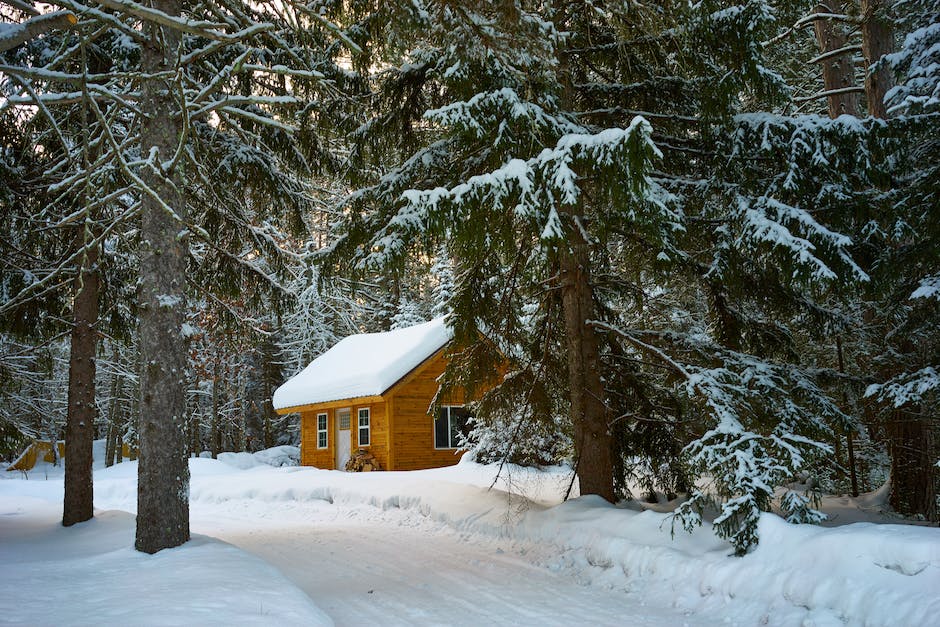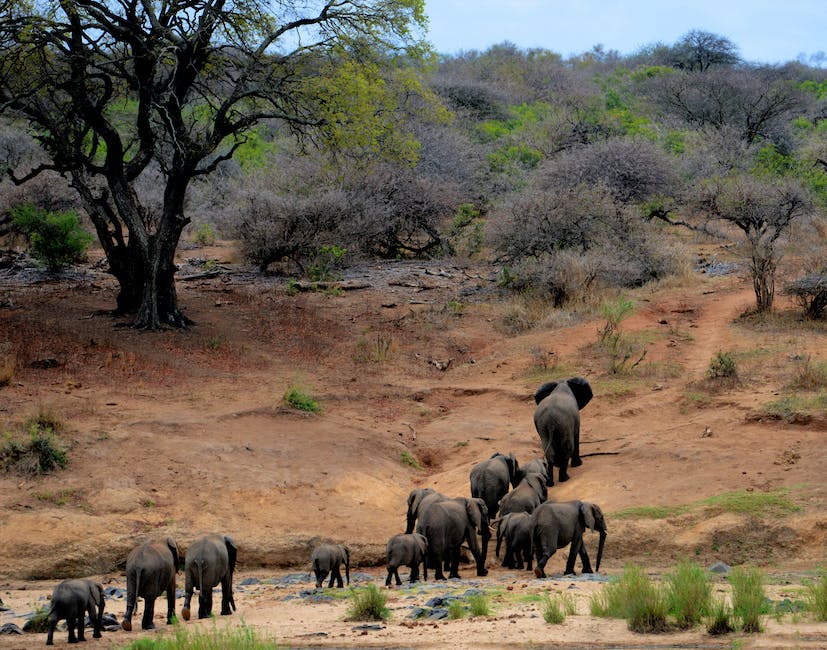Pine trees are one of the most popular trees in the world. They are often used as Christmas trees and are known for their strong, sweet scent. But how strong are they against wind?
Pine trees have a strong, deep root system that helps them withstand high winds. The needle-like leaves are also very dense, which makes them less likely to be blown away by the wind. Pine trees are also very flexible, which allows them to bend in the wind without breaking.
So, overall, pine trees are quite strong against wind. However, they can still be damaged or knocked over if the wind is strong enough.
For the most part, pine trees are quite strong against wind. They have a solid root system that helps anchor them to the ground, and their branches are typically flexible enough to withstand gusts of wind. However, there are certain conditions that can make pine trees more vulnerable to wind damage. For example, if the ground around the tree is saturated with water, the roots may not be able to get the necessary grip on the soil, making the tree more likely to topple over. Additionally, if a pine tree is already stress from things like disease or pests, it may not be able to withstand strong winds as well.
Are pine trees strong in wind?
Pine trees have several features that help them withstand high winds. Their strong wood resists breakage, and their deep taproots anchor them into the ground. Some pine trees, such as the longleaf pine, are especially adapted to withstand high winds.
Winds are a major factor in why evergreen trees, like pines, are more likely to come down than other trees. The canopy of an evergreen tree is always present and is much thicker and heavier than other trees, which creates a “windsail effect.” This makes the tree more susceptible to being blown over in high winds.
Do pine trees snap in the wind
There are various pine varieties and hemlocks which are susceptible to fall in a storm, especially in areas with modified soil. This can be a problem for homeowners and landscapers alike. Be sure to check the condition of your trees before and after a storm to ensure that they are still standing.
This is an interesting phenomenon that has been observed with trees and wind speeds. It appears that there is a mathematical relationship at play here that could potentially apply to other living things as well. Further research into this could yield some interesting results.
What is the most wind resistant tree?
This is great news for those of us who live in hurricane-prone areas! Now we know that planting sand live oaks can help protect our homes from wind damage. Other good choices include the Southern magnolia, live oak, crapemyrtle, bald cypress, and sabal palm. These trees are less likely to lose limbs or blow over during hurricanes.
If you notice that your pine tree is leaning more than usual, or that the roots are beginning to upheave or sink, it may be a sign that the tree is in danger of falling. Other warning signs include dead branches, fungus growth, cavities, and soil displacement. If you see any of these signs, it’s important to have the tree checked by a professional to determine whether or not it is safe.
What is the danger of pine trees?
Pine trees are a huge contributor to air pollution. They emit gases that react with airborne chemicals, many of which are produced by human activity, to create tiny, invisible particles that muddy the air.
20 MPH winds can certainly take down tree limbs, and may even knock over small trees. But large, established trees are not likely to be toppled by 20 MPH winds.
What are the disadvantages of pine trees
Pine trees are a type of evergreen tree that is widely cultivated due to its aesthetic value and practical uses. However, there are also some disadvantages associated with pine trees. For instance, pine trees drop needles regularly, which can be a nuisance. Additionally, pine trees exude a sticky sap, which can be difficult to clean up. Finally, while most pine trees can grow in poor soils with low levels of nutrients, they need an acidic soil pH below 70 to truly thrive.
Windthrow is a phenomenon in which trees are uprooted by strong winds. This can be a problem in forests, as it can lead to the loss of trees. Taller trees are more susceptible to windthrow, as the force applied to the roots and trunk increases with height.
Do pine trees fall over easy?
Pine trees are the conifer type of tree that gets very tall and full of foliage up at the top. They are the most likely to break in high winds or under ice and snow loads in storms.
At 30 to 40 mph, the National Weather Service will issue a wind advisory. This is because the wind speed makes it difficult to drive a vehicle and can blow small unsecured objects around. Entire trees will be in motion at this wind speed.
How far should a pine tree be from a house
When you are planting a tree, you have to think about how far below ground its growth might extend. This is especially important if your tree is planted close to your house. While it’s always wise to plant trees about 15 feet away from your house, sometimes you are in a situation where you purchased a home with existing mature trees. In these cases, you need to make sure that the roots of the new tree will not damage the foundation of your house.
Coniferous evergreens make great windbreaks because they are tall and their limbs are not as likely to break off in strong winds. Some of our favorite trees for taller windbreaks are pines, cedars, junipers, and cypresses.
Can 50 mph winds knock down trees?
At hurricane speeds, damage to structures can become severe. At 47 to 54 mph, there will be light structural damage. This can include things like shingles being blown off roofs, loose hail, and small tree limbs breaking. At 55 to 63 mph, entire trees can be uprooted and considerable structural damage can occur. This can include damage to the roof and exterior of homes, broken windows, and downed power lines. Above 64 mph, expect widespread structural damage. This can include reports of major damage to homes and businesses, severe flooding, and infrastructure damage.
The Eastern White pine is one of the most popular windbreak species, due to its ability to tolerate a wide range of conditions and its fast growth rate. It is also one of the most widely planted evergreen trees in North America.
What is the lifespan of a pine tree
Pines are long lived trees and can reach ages of 100-1000 years old. The Great Basin bristlecone pine is the longest lived of all the pine species and one individual of this species, dubbed “Methuselah”, is one of the oldest living organisms in the world at around 4800 years old.
At speeds between 55 and 63 mph, considerable structural damage can occur, especially to roofs. Smaller trees may be blown over or uprooted. From 64 to 75 mph, widespread damage occurs, with larger trees being uprooted or blown over.
How do you keep pine trees from falling over
Pruning trees is important to maintain their strength and wind resistance. Most trees should be pruned evenly, with one main trunk. Branches that have grown up like extra trunks should be removed.
Pine bark beetles are a serious problem for forests, as they can kill individual trees and cause extensive damage when their populations build up. In outbreak years, their activities can disrupt forest management practices aimed at wood and fiber production.
Are pine trees high maintenance
Pine trees require only minimal pruning. In fact, they are considered low maintenance because their natural shape is already quite trim, and they don’t need much help to stay that way. The only time you would really need to prune a pine tree is if there is a broken limb or some other damage that needs to be corrected.
Pine trees are essential to maintaining a balanced ecosystem by providing shelter and food for local wildlife. The dense foliage of pine trees protects local wildlife from the sun, inclement weather, and predators. By providing a safe place for local wildlife to live and thrive, pine trees help to keep the ecosystem in check.
Can 80 mph winds break trees
Almost all tree trunks will break if they are subject to continuous high winds. The critical wind speed at which most trees will break is around 90 mph. Some species of trees may be able to withstand higher wind speeds for short periods of time, but eventually even they will succumb to the force of the wind.
Wind speeds of about 60 mph or higher can potentially flip a semi-truck Over the years, there have been many accidents involving semi-trucks being blown over by high winds. While these accidents are typically not fatal, they can cause serious damage and disruptions. Drivers need to be cautious any time the wind approaches, or exceeds, about 40 mph. If possible, avoid driving in these conditions and wait for the weather to improve.
Warp Up
While pine trees can vary in strength, they are generally pretty sturdy against wind. Their roots dive deep into the ground, providing a solid anchor, and their needles form a tight, compact formation that doesn’t give way easily to gusts. That being said, if a powerful enough storm comes along, any tree can be at risk of being toppled.
Pine trees are amazingly strong against wind. They can grow in some of the windiest and harshest conditions imaginable. Additionally, their roots are very deep and anchor them securely to the ground. This combination of factors makes them resistant to being toppled over by high winds.
Mark Hoffman is a dedicated arborist and tree care specialist with over a decade of experience. His love for trees began when he visited Yosemite National Park as a teenager and was awestruck by the giant sequoias. Mark pursued his passion by studying forestry at Michigan Technological University, where he earned a Bachelor of Science degree.
Since then, he has worked tirelessly in the field of arboriculture, helping to preserve and protect trees in his community. His expertise and dedication have made him a respected leader in the industry and a valuable resource for anyone seeking advice on tree care.
